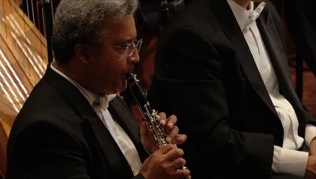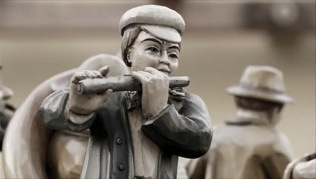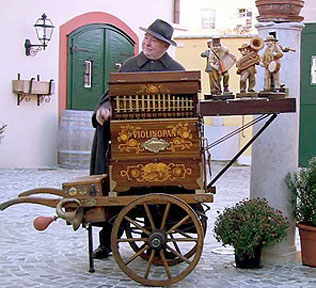 Play
Play
-
In the third movement of Mahler’s first symphony the opening funeral march is suddenly interrupted by two “folk bands” playing music that has variously been described as klezmer, or gypsy or, simply, “eastern European.” To many of Mahler’s contemporaries, the sounds of these “outsiders” challenged the artistic integrity of the “serious” German symphony.
 Play
Play

The juxtaposition of emotional extremes goes back to a childhood experience often referred to by Mahler: during one particularly bitter fight between his parents, in panic Gustav ran out of the house into the street and nearly collided with an organ grinder who was playing “Ach, du lieber Augustin.” Later, the nineteen-year-old wrote to a friend: “The greatest intensity of the most joyful vitality and the most consuming yearning for death dominate my heart in turn, very often alternate hour by hour.”

